Do you know what the best hikes in Africa are? I asked my fellow travel blogging buddies for their top trekking Africa recommendations, and this list is it! Below you’ll find the best hiking trails alongside many a great trek in the mountain ranges in Africa. Get your hiking boots on. It’s gonna be an adventure!
Best Hikes in Africa
To make this Africa trek guide as easy as possible for you, each of the African trails have been split into the following sections: the trek’s difficulty level, the time it takes, what you will see and experience and the essential tips that you need to know.
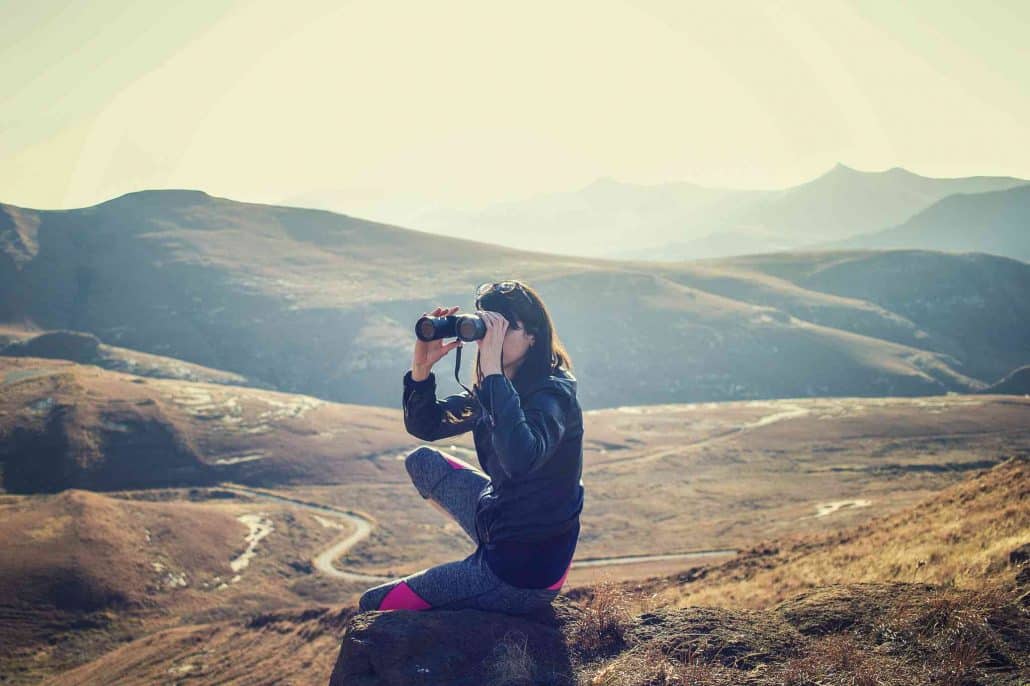
TREKKING AFRICA QUICK ANSWERS
Highest mountain in Africa: Mount Kilimanjaro
Best mountains in Africa: Mount Kilimanjaro and the Simien Mountains are epic!
Best hiking backpacks South Africa: Osprey Aura AG 65 for women / Osprey Aether 70 for men
Best hiking boots South Africa: KEEN shoes
Mount Ololokwe ♥ Samburu County ♥ Kenya
Recommended by Patrick Muntzinger from German Backpacker
My trip to Kenya was one of my favorite travel experiences of all time, and the big highlight was hiking to the top of Mount Ololokwe, in Samburu County. The Samburu region is located in the remote and pretty “wild” part of Kenya, away from the developed cities and the typical tourist destinations. Heading there might require renting a car, but the experience will be worth it.
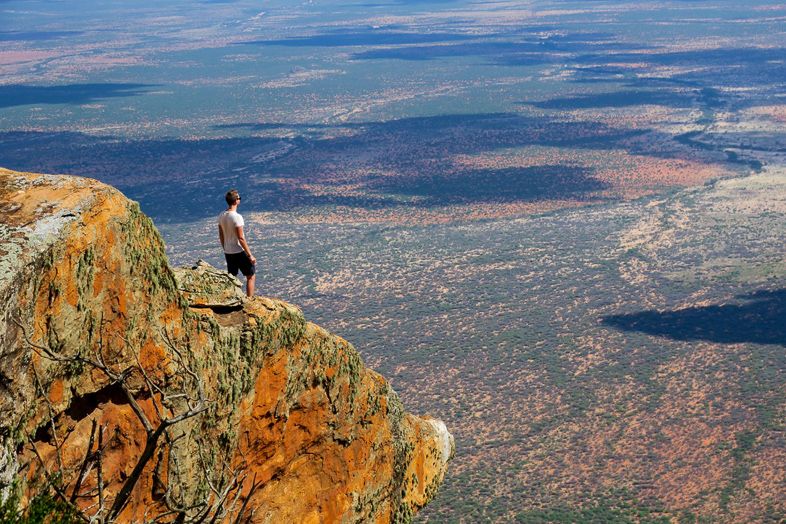
Difficulty Level
It’s testing.
The trek to the upper plateau of Ololokwe, which is a holy mountain for the regional tribes, is pretty steep and exhausting.
How long it takes
1-2 days.
While we hiked up and down the same day and spent the night in a lodge right at the bottom of the mountain, most people would spend a night camping on the plateau, which is an unforgettable experience.
What you will see and experience
The views are breathtaking and worth all the effort. Please note that this hike is not very touristic (in fact, I was the first tourist in 3 months!) and it might take a bit of effort to get there and organize it, but you won’t regret it!
Essential Tips
Please note that you shouldn’t (and probably cannot) hike the mountain independently, since the region can be slightly dangerous at times. My friend and I had to hire two local safety guards, protecting us from wild tribes and elephants (welcome to Kenya!).
Dogon Country ♥ Mali
Recommended by Wendy Werneth from The Nomadic Vegan
A trek through the Dogon Country in Mali is one of the most incredible experiences you can have in all of Africa. The Dogon people fled to the Bandiagara Escarpment more than 1,000 years ago to escape forcible conversion to Islam. They have retained their own language, culture and religion, although nowadays you do see some mud-brick mosques in the Dogon villages.
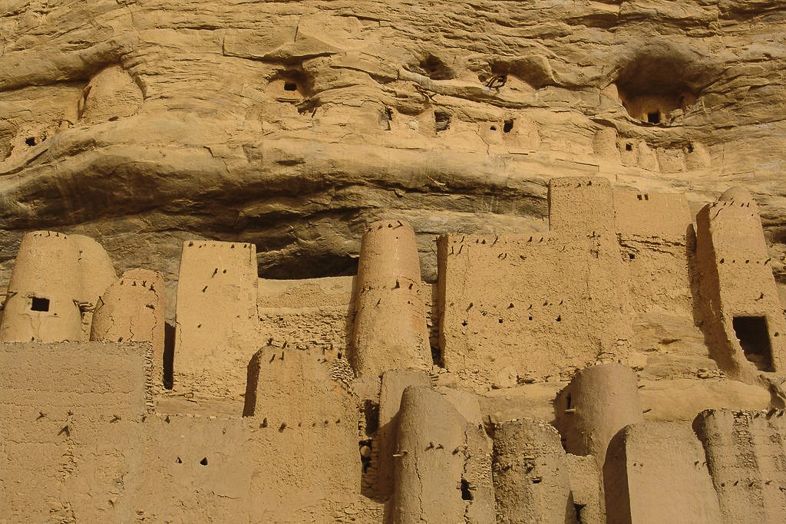
Difficulty Level
Medium.
How long it takes
3 days to over a week.
In total, we walked about 70km in three days, but if you want you could spend a week or more hiking the entire escarpment.
What you will see and experience
The escarpment is a 150-kilometer cliff that seems to rise from nowhere, and all the villages of the traditional Dogon people are either at the base of it or on top of it. My husband and I spent three days walking alongside the base of the escarpment, visiting several villages along the way.
The scenery and the architecture of the villages are the main highlights. The escarpment is especially magical at dawn when first light hits it, and this is the best time to be in a village as well. The Dogon houses are small, conical dwellings with thatched pyramidal roofs.
The most impressive examples of architecture in the villages, though, are the buildings of the Tellem people, who lived in the area before the Dogon. They built clay houses and granary towers further up the escarpment than the Dogon in places that seem utterly inaccessible. The Dogon, apparently, think the Tellem knew how to fly and that’s how they were able to build their houses.
Essential Tips
The town of Bandiagara is the gateway to the Dogon Country and the escarpment. You can get basic African food and other supplies here.
You will meet plenty of guides here who will offer their services, although a guide is not strictly necessary.
Rwenzori Mountains Loop Trek ♥ Uganda
Recommended by James Ian from Travel Collecting
The Rwenzori Mountains, or the Mountains of the Moon, as they are also called, are not only the legendary source of the Nile, they are also unique. It is a mountain range with multiple massifs, many still with glaciers on top, that straddles the equator.
It is also home to fantastical vegetation that grows nowhere else on earth, which gives the mountains an ‘other-wordly’ quality!
The Rwenzori Mountains can be accessed in Virunga National Park in the Democratic Republic of Congo (DRC) and Rwenzori Mountains National Park in Uganda. The Ugandan side is safer and easier to arrange.
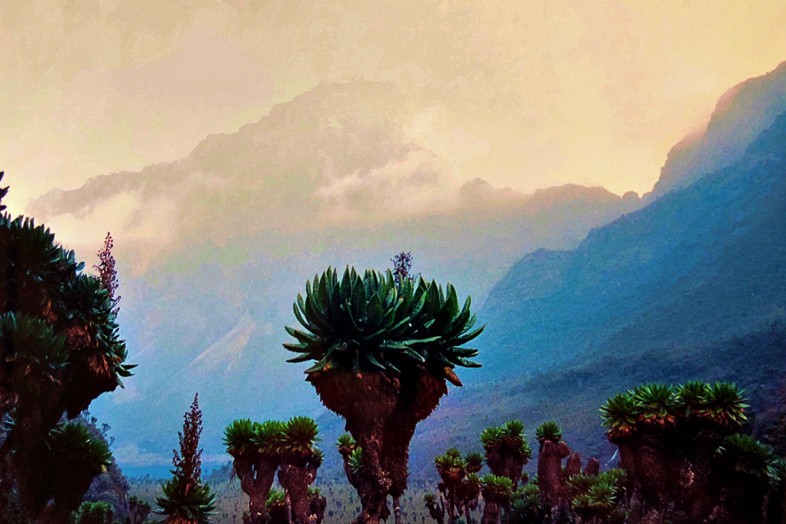
Difficulty Level
Difficult but worth it!
How long it takes
Typically 7 days.
This is a multi-day trek, but can be longer if you spend more time going to the summits of multiple peaks.
What you will see and experience
The trek is wet! The unique plant life grows in muddy bogs, and the mountains are often shrouded in mist. However, enormous trees with cabbage life limbs on top; giant lobelia, 10 feet tall; lakes in hidden valleys; and, of course, glacier hiking at the top, all help make this a mystical, magical experience that is well worth the effort.
Essential Tips
There is a limit to how many people can complete this trek each year, in order to preserve the fragile environment.
Hiring a guide and porters is mandatory, which not only helps keep local people employed and invested in the preservation of the area, but also makes the trek a little easier.
There are basic huts along the way to stay in.
Book your 11 Day Mt Rwenzori Hiking Trip here
Imlil Valley to Azzadene Valley ♥ High Atlas Mountains ♥ Morocco
Recommended by Teresa from Brogan Abroad
Imlil village in the High Atlas Mountains is famous for being the base from which a lot of trekkers and mountaineers depart to ascent Mount Toubkal – North Africa’s highest mountain.
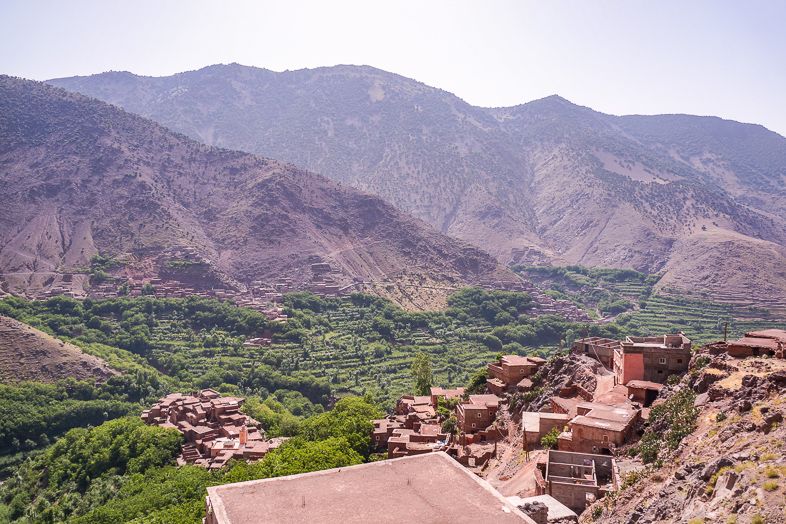
Difficulty Level
Easy to hard: There are plenty of less demanding treks to explore in the area for less hardcore hikers.
How long it takes
I did a two-day trek with Kasbah du Toubkal, an Berber Hospitality Centre in Imlil, that followed the Imlil Valley all the way to Azzadene Valley and back in loop. It was demanding enough for those who like a bit of a challenge, but not so much that you couldn’t take in and enjoy your surroundings.
What you will see and experience
The first day we climbed 800 metres by lunchtime, all the way to the top of Tizi Mzik Pass, where we stopped for a picnic lunch with some of the best mountain views I have ever seen. After lunch we started to descend into the Azzadene Valley, through a couple of Berber villages that felt deserted. It wasn’t; it was just the hottest part of the day, so everyone was indoors!
The Azzadene Valley is surprisingly green. It’s a beautiful contrast with the red soil in the higher parts of the mountains that surround it. This is due to the walnut trees that grow very well in the valley. We stayed overnight in a Berber Lodge in one of the villages, where we had the most spectacular harira (a Moroccan soup) and lamb tagine.
The next day was less demanding, as the pass we went through was not as high, but it was just as beautiful. The peace and quiet was pretty relaxing. Sometimes the only sounds we could hear were our steps and the odd goat in the distance!
Essential Tips
I did this trek in July, so it was extremely hot during the day. Make sure you take a hat with you for protection from the sun.
Hiking poles will really help on those hills – both going up and going down!
Check out the hiking list packing list at the end of this article!
Make sure you also take a light jacket, as it gets chilly at night (even in Summer).
Book your 3 day Berber Villages trek here
Looking for something more challenging?
Book your 3 day Toubkal Mountain Trek here
Nyiragongo volcano trek ♥ Democratic Republic of Congo
Recommended by Kesi from Kesi to and Fro and Wendy from The Nomadic Vegan
The Nyiragongo volcano trek at Virunga National Park in the Democratic Republic of Congo is one of the best places to hike in the world because it has the largest lava lake in the world! It’s not for the fainthearted, but it’s an unforgettable experience.
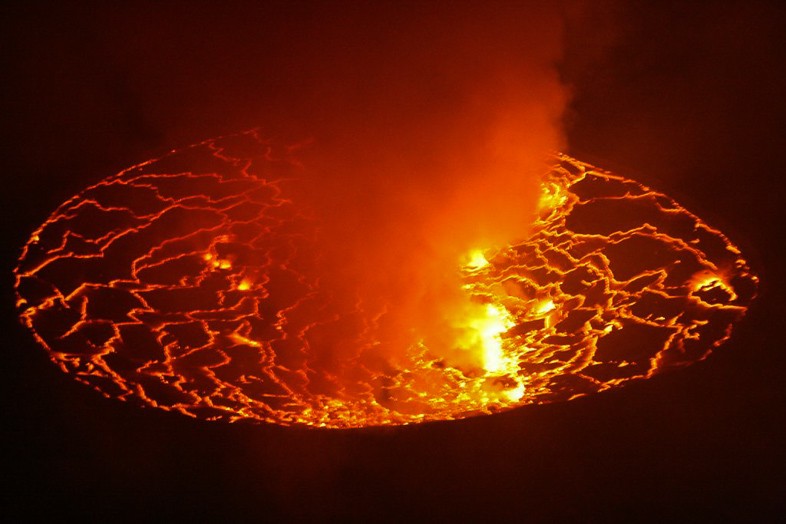
Difficulty Level
It’s a tough hike, especially towards the end as you scramble over volcanic rocks on the approach to the 3400m crater.
How long it takes
This trek is overnight, where it will take you around 5 hours to climb up. The good news is that there are huts to sleep in at the summit.
What you will see and experience
Kesi says:
Climbing up the volcano you get to see the city of Goma, and there’s a sense of accomplishment of observing a country that many people don’t have the chance to visit. The lava lake is unreal, and could easily be watched for hours. Who needs a television when you can watch lava swirl, crackle, and pop?
Wendy says:
I knew there was a lava lake below, but I wasn’t really prepared for the sight that awaited me at the top: an enormous, desolate crater with a circular lava lake raised up on a platform far below in a way that seemed too perfectly designed to have been crafted entirely by nature.
In the ‘lake’ itself, smoke billowed up from the shifting and erupting lava pockets to create a truly awesome scene – one that looked even better a few hours later as night descended on the volcano and the lava lake lit up in a brilliant orange that can be seen, reflected on the smoke, from Goma.
We camped on the crater rim for the night and headed back down the next morning, exhausted but thrilled with the experience. Since our visit a few years ago, shelters with beds have been built at the top, so camping is no longer necessary. We’ve climbed our fair share of volcanoes over the years, but this one was by far the most spectacular.
Essential tips
Wendy says:
The security situation around the volcano is rather precarious, so check with Virunga National Park authorities on the current situation before you go. When my husband and I did the trek a few years ago, we walked with three armed guards, with more stationed at various points along the trail. And beyond the security issue, there’s also the active volcano issue: in 2002, it erupted and buried the city of Goma under two meters of ash and lava.
Kesi says:
I recommend hiring a chef for the trek because, by the time you are at the top, it’d be too tiring to cook for yourself. The chef makes a hearty, tasty meal, plus you get tea, which you can take with you to sip on while watching the lava.
It’s necessary to have a visa if visiting the DRC. Virunga National Park’s website can arrange transportation, visas, accommodation, and trekking permits. You do not need to hire a travel agent since everything can be booked online.
Also, make sure your travel insurance covers you in the DRC.
Check travel insurance prices here
Otter Trail ♥ South Africa
Recommended by Iga Motylska from Eager Journeys
The Otter Trail is South Africa’s oldest and possibly best-known hiking trail. The five-day, 45km hiking trail, which turned 50 last year, menders its way along the Garden Route National Park. It begins at Storms River in the Eastern Cape and ends at Nature’s Valley in the Western Cape. It will surely be one of the best hikes you have ever completed.
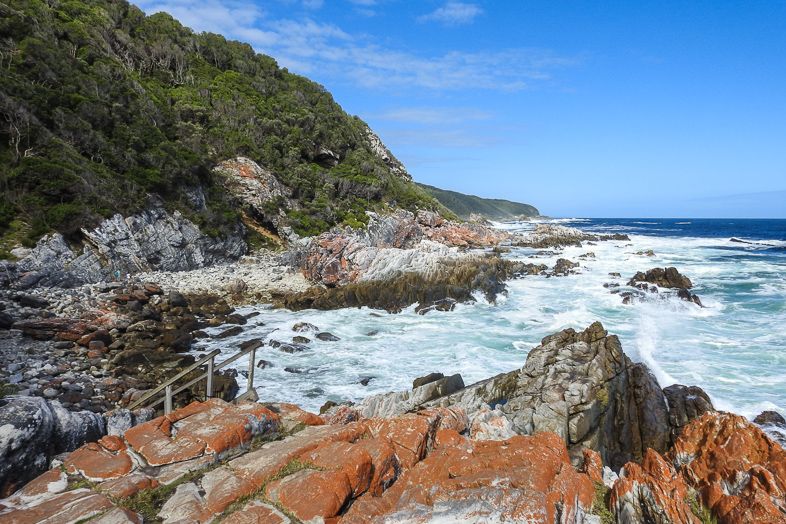
Difficulty Level
Hiking the Otter Trail is physically demanding, as there are large fluctuations in altitude that you have to conquer via wooden log steps and you will have to walk for a number of hours each day.
How long it takes
5 days across 45km.
What you will see and experience
What fascinated me most about the Otter Trail was how the vegetation vastly changes from sea to mountain, between landscapes and altitudes. The colours and raw textures of the jagged rocks and rock pools, coastline and beaches, and Afromontane forests are beautiful.
We felt exceptionally lucky to spot the Cape Clawless Otter fishing between the rocks at Blue Bay beach on day two of the Otter Trail, which is named in their honour. Another highlight was The Storms River crossing!
Essential Tips
Make sure you get your spot! The two wooden huts in the National Park together accommodate 12 people each day.
Find out more about the Otter Trail here
Tok Tokkie Trails ♥ Namibia
Recommended by Claire Evans from The Adventurous Flashpacker
Tok Tokkie Trails is a guided glamping style hike through the breathtaking NamibRand Nature Reserve in Nambia’s desert. The desert scenery absolutely makes this hike. The desert is full of contradictions, seemingly barren but full of life, endless but constantly changing, desolate but extraordinarily beautiful.
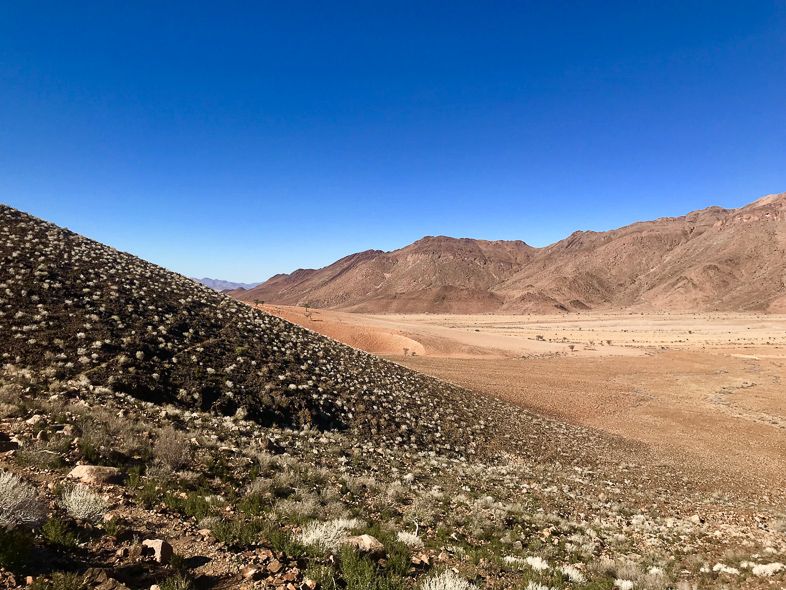
Difficulty Level
Easy.
As far as multi-day hikes go when trekking South Africa, Tok Tokkie Trails is fairly leisurely, covering around 22km over one full day and two half days of hiking.
How long it takes
Tok Tokkie Trails is a guided 3 day/2 night glamping style hike.
What you will see and experience
You’ll stroll through grassy plains, amble over small sand dunes and tackle only one rocky mountain, making it perfect for beginner hikers.
Along the way, you’ll spot desert wildlife big and small, from the striking oryx to the eponymous tok tokkie beetle.
The real treat comes at the end of each day when the group parks up for the night at one of Tok Tokkie Trail’s desert camps. Here, you’ll have a sundowner drink with the best views in the world, feast on chef prepared three-course meals, and stargaze from your warm outdoor bed.
Essential Tips
Guides set up the camps and transport your larger bags, so all you need to carry is a small day pack with hiking essentials. Tok Tokkie Trails is the perfect hike for those who love the great outdoors and equally love their creature comforts.
Find out more about the Tok Tokkie trails here
Simien Mountains ♥ Ethiopia
Recommended by Patrick Muntzinger from German Backpacker
My favorite experience while backpacking Ethiopia was hiking in the Simien Mountains national park. You can reach the mountains either from the city Gondar or a place called Aksum, both located in northern Ethiopia and part of the classic tourist trail in the country. I truly enjoyed my experience and you should certainly go hiking in the Simien Mountains when you’re in Ethiopia!
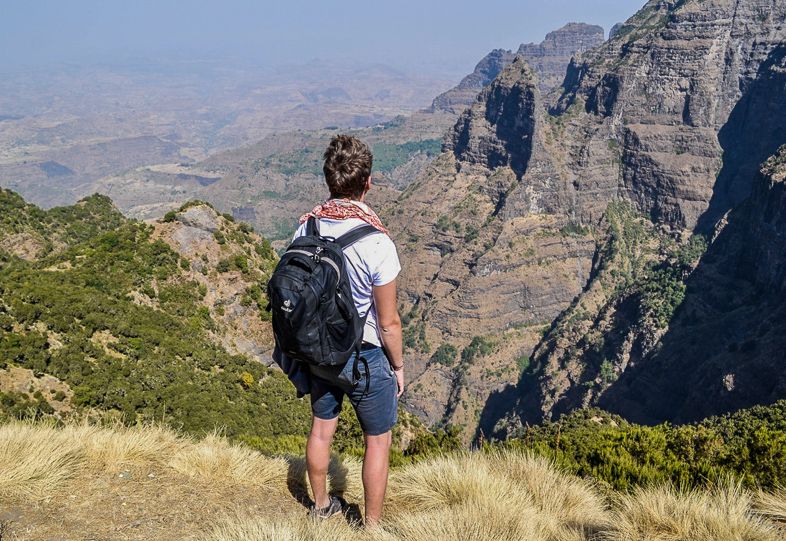
Difficulty Level
Difficult in more ways than one! Unfortunately, hiking in the Simien Mountains independently is difficult and nearly impossible due to a local “mafia” stopping every taxi or truck driver taking people in and out of the park (yes, traveling Ethiopia can be a bit exhausting at times). Hire a guide to get out of this!
How long it takes
3 days.
The best way to visit the mountains is by hiring a guide, which should cost around 175$ for a 3-day trek (including safety guard, entrance fees, tents and food).
What you will see and experience
The scenery is breath-taking and changes continuously while you make your way through the mountains. You can spot lots of monkeys on the way and you’ll pass through tiny local villages making your trek a unique experience.
Essential Tips
Make sure to bring some warm clothes (especially in the winter), since it gets cold in the night due to the high altitude.
In the evenings, you will sleep in a camp ground with some other groups and people and your guide will serve you food, before you can sit around the bonfire and chat with other travelers.
Book your 7 day Semien Mountains Trek here
Mount Kilimanjaro ♥ Tanzania
Recommended by Jackie Szeto & Justin Huynh from Life Of Doing
Hiking Mount Kilimanjaro in Tanzania is no easy task, yet it’s a rewarding and incredible adventure to experience. As the highest mountain in Africa, the summit, Uhuru Peak, reaches 5,895 meters/19,341 feet high and takes 5-9 days depending on your route.
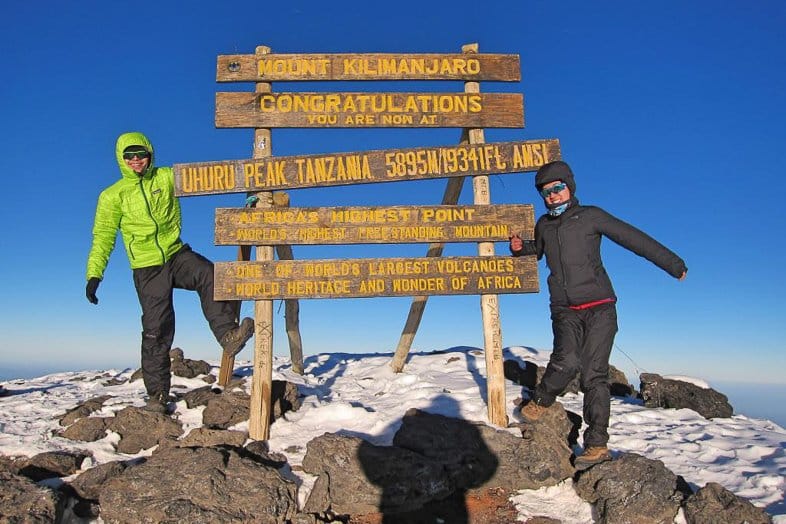
Difficulty Level
Challenging!
How long it takes
5 to 9 days depending on your route.
What you will see and experience
There are seven different routes to take: Marangu, Machame, Rongai, Shira, Lemosho, Umbwe, and Northern Circuit. We took the Lemosho route to enjoy the scenic views and increase our chances of reaching the summit with acclimation. During the hike, we walked through various environments from luscious rain forests, dry moorland terrain, to snow. We stayed overnight at campsites. Even though we went “pole pole” (“slow slow” in Swahili) we completed the trek in 7 days instead of our original schedule of 8 days.
Summit Day is one of the hardest things that you’ll do. Everyone starts at midnight in the dark. The weather is freezing cold with the altitude and the windchill despite wearing 5+ layers of clothes. After trudging along the mountain for 6+ hours, you’ve reached the summit sign: a huge congratulations to you! The top of the mountain is beautiful with snow and glaciers.
Essential Tips
All trekkers need to work with a tour operator and hire a team which consists of guides, cook, and porters. The team is your family along the trail and a huge supporter of you finishing the trek.
One of the essential things that you should request is a portable toilet. It helps to have one so you don’t need to find the public toilets in the middle of the night.
Book your ultimate Kilimanjaro Lemosho trek here
ULTIMATE AFRICA TREKKING LIST
Visa
Best hiking backpack for Africa
Essential Africa Hiking Gear
Travel Insurance
Travel Insurance! Get a quote here
What are the best hikes in Africa?
Have we missed your favourite best hikes in Africa off the list? What do you think are the best mountains in South Africa? Can you recommend some cool hiking trails Cape Town has?
Comment Below
We can’t wait to hear what your favourite treks in Africa are.
Get more travel inspiration here!
Related Reading
11 Hikes in Asia You Have to Try
The Ultimate Best Treks in Nepal
16 Hikes in Europe You Gotta Get on the Bucket List

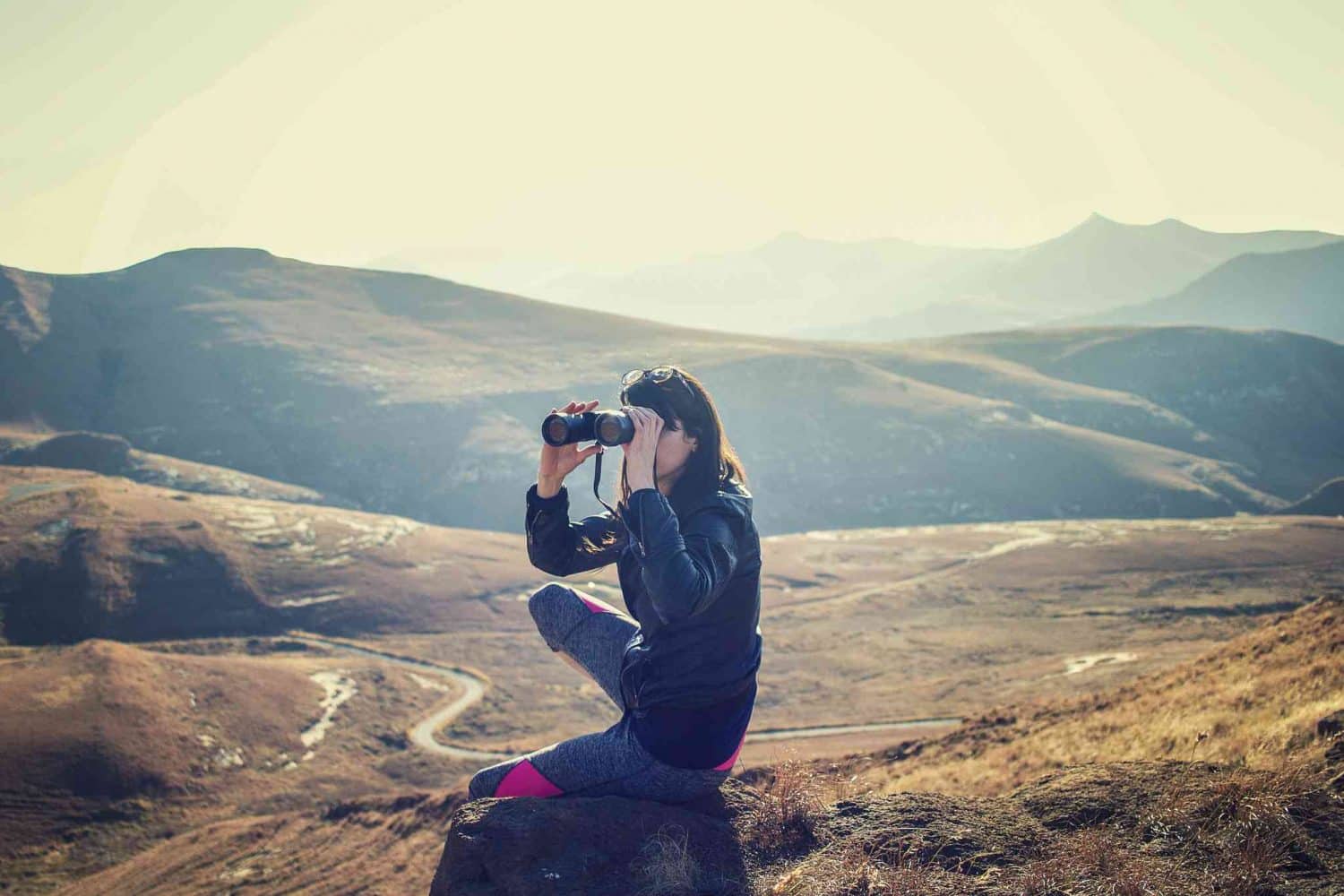
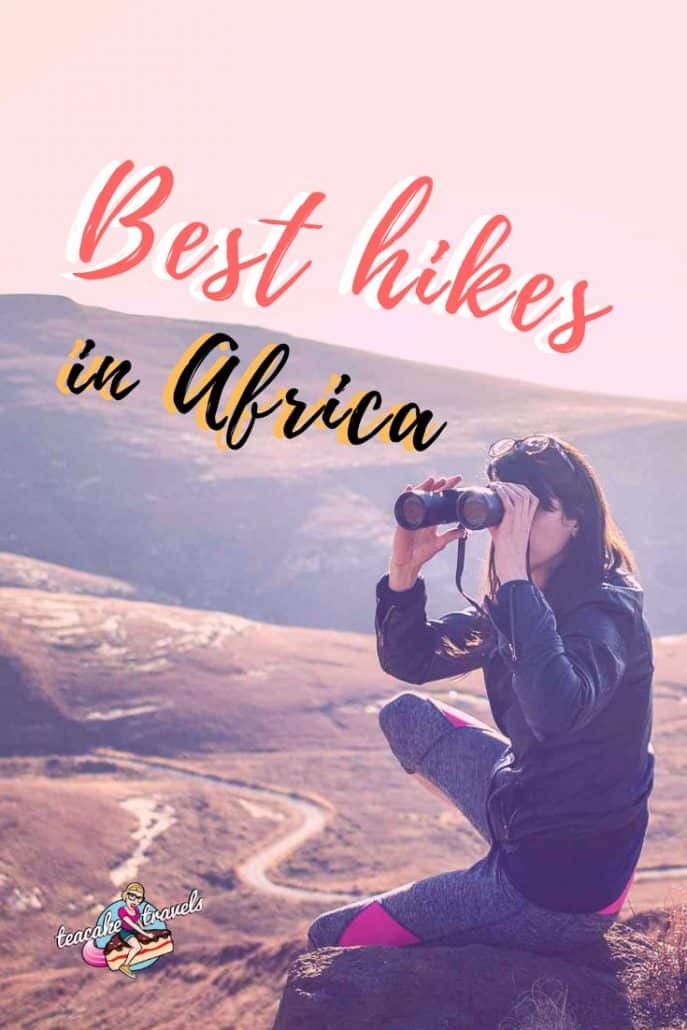
Awesome shots! My favorite would be the Nyiragongo volcano trek but I’d love to try Mount Kilimanjaro one day. Saving this post for future reference! Thanks Alice!
Courageous and awesome hiking. Suggestion for a portable toilet is really effective and helpful for hiking or any kinds of a long tour. Thanks, Alice for your valuable tips.
You’re welcome Jason have an awesome time trekking!